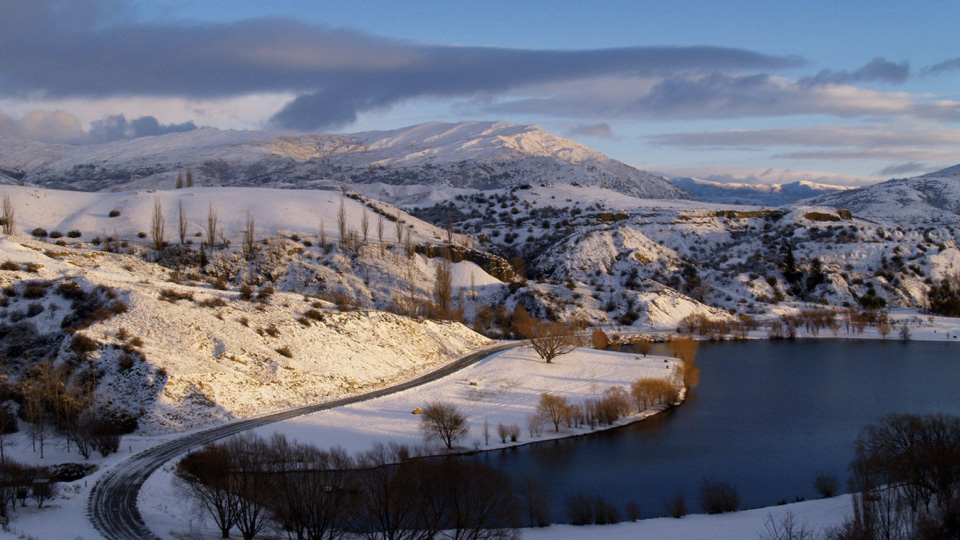I’ve written about New Zealand here before in the article 11 Things Wine Lovers Should Know about New Zealand. However, there are a lot more great tidbits to know. Here are 13 more fascinating facts about New Zealand.
98% of New Zealand vineyards are certified sustainable under a variety of programs approved by New Zealand Winegrowers’ Sustainability Policy.
10% of New Zealand vineyards are certified organic. That’s the second-highest percentage in the world. Spain is first with 11%.
No place in New Zealand is more than 81 miles from the ocean and some of it is subtropical. Therefore, New Zealand wine regions experience substantial humidity. That makes organic viticulture very challenging, but growers are continuing to make progress.
New Zealand is prone to cyclones which even occur during the growing season. Their high winds and heavy rains can totally destroy grapes on the vines.

Isolated by mountains, Central Otago is New Zealand’s only non-maritime wine region, has less humidity and no cyclones. But, it’s quite cold. Frost occurs in Central Otago during every month of the year. Growers use wind machines to try to avoid frost damage.
With these challenges, it’s no wonder Gisborne was the country’s first wine-growing region. It is on the North Island and relatively warm for New Zealand, .
Storms and frost notwithstanding, New Zealand is sunny. And New Zealand vineyards receive much more UV exposure than northern hemisphere vineyards would, even with the same amount of sun. There are three main reasons for this:
- During its growing season, the southern hemisphere is closer to the Sun than is the northern hemisphere during it’s growing season.
- The air is exceptionally clean dust free in New Zealand and thus filters out less light.
- The atmosphere’s ozone layer, which filters UV rays, is thinner over New Zealand.
While all that UV leads to easy sunburns, for people and grapes, high UV exposure also amplifies the aromatics in grapes and the resulting wines.
80% of New Zealand’s electricity is from renewable sources. The goal is to be at 90% by 2025.
Among the world’s wine regions, New Zealand has some of the youngest soils. Most are less than 10,000 years old. Soils in some parts of the world are 150 million years old or more.

Rabbits are one of the most significant threats to grape vines in New Zealand. There’s a huge population of voracious bunnies. And, since they can both slip through and burrow under fences, it’s hard to keep them away from the vines.
Much of the vineyard work in New Zealand is done by migrant laborers from the Pacific Islands, such as Vanuatu. They can work in New Zealand for up to six months per year. They must be paid at least minimum wage ($18.50 NZ). There are numerous other regulations ensuring that the workers are well-treated, remain healthy, and are not exploited.
There is a low-alcohol wine initiative in New Zealand. The goal is to produce quality wines with less than 10% alcohol through viticultural changes. Adjusting alcohol during winemaking with reverse-osmosis tends to impact quality. There are 18 New Zealand wineries working on low-alcohol wines now. Their efforts are supported by the New Zealand government.
JJ Buckley guest blogger Fred Swan is a San Francisco-based wine writer, educator, and authority on California wines and wineries. His writing appears in The Tasting Panel, SOMM Journal, GuildSomm.com, Daily.SevenFifty.com, PlanetGrape.com, and his own site, FredSwan.Wine (formerly NorCalWine). He teaches at the San Francisco Wine School. He's founder of Wine Writers' Educational Tours, an annual, educational conference for professional wine writers. He also leads private wine tours and conducts tastings and and seminars. Fred’s certifications include WSET Diploma, Certified Sommelier, California Wine Appellation Specialist, Certified Specialist of Wine, French Wine Scholar, Italian Wine Professional, Napa Valley Wine Educator, Northwest Wine Appellation Specialist, and Level 3 WSET Educator. He's twice been awarded a fellowship by the Symposium for Professional Wine Writers.